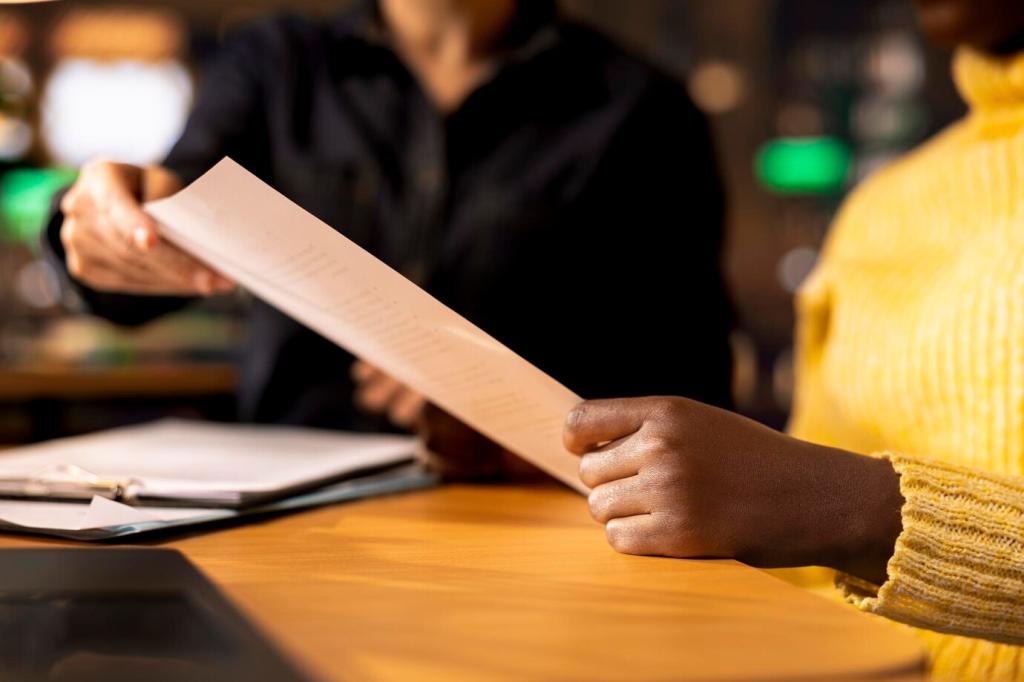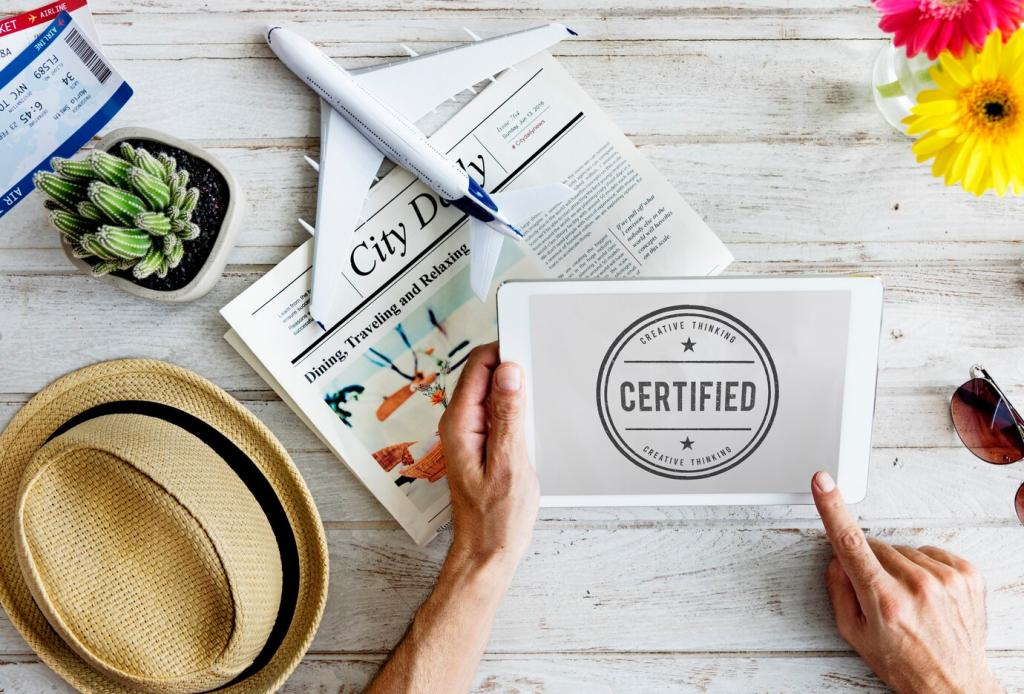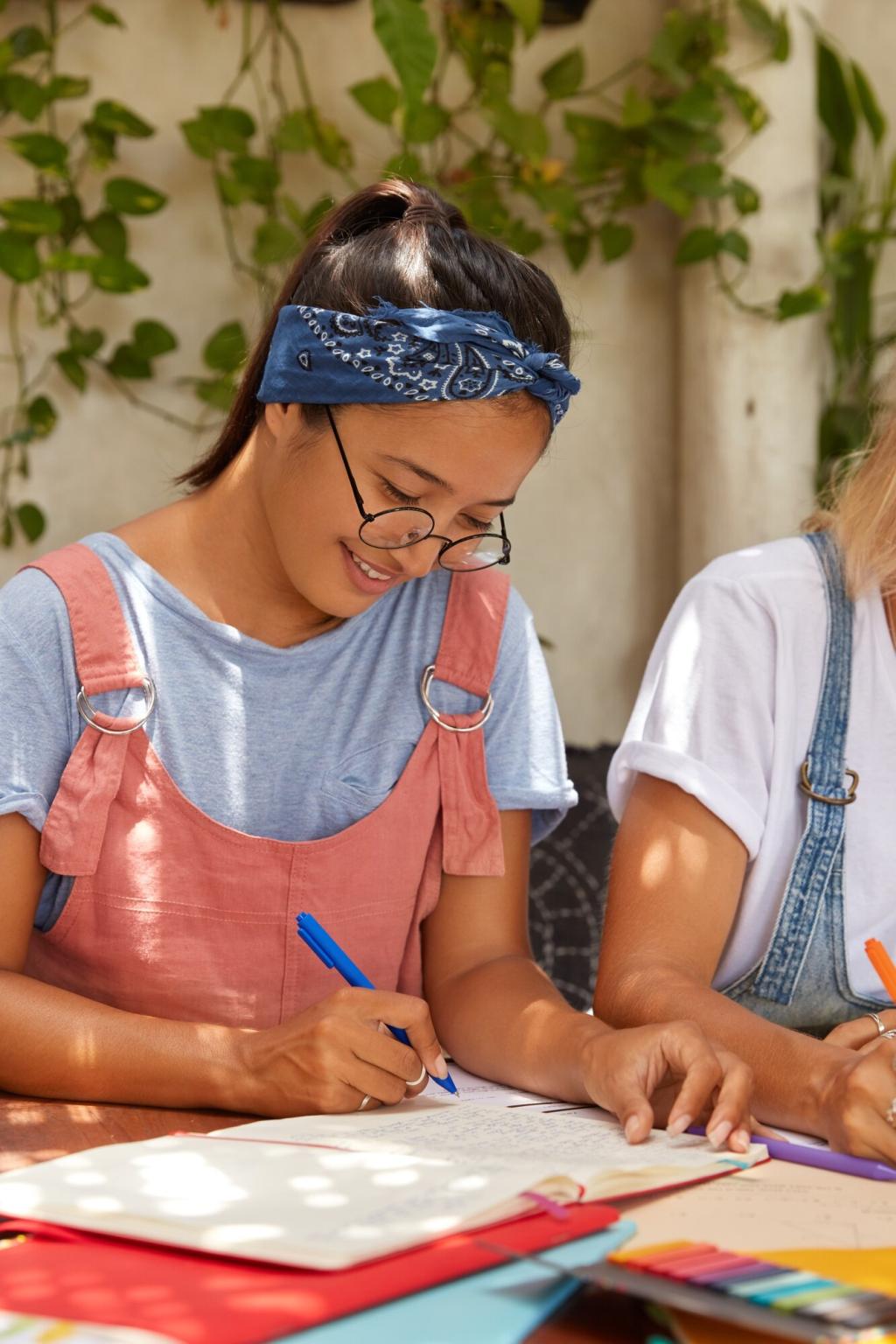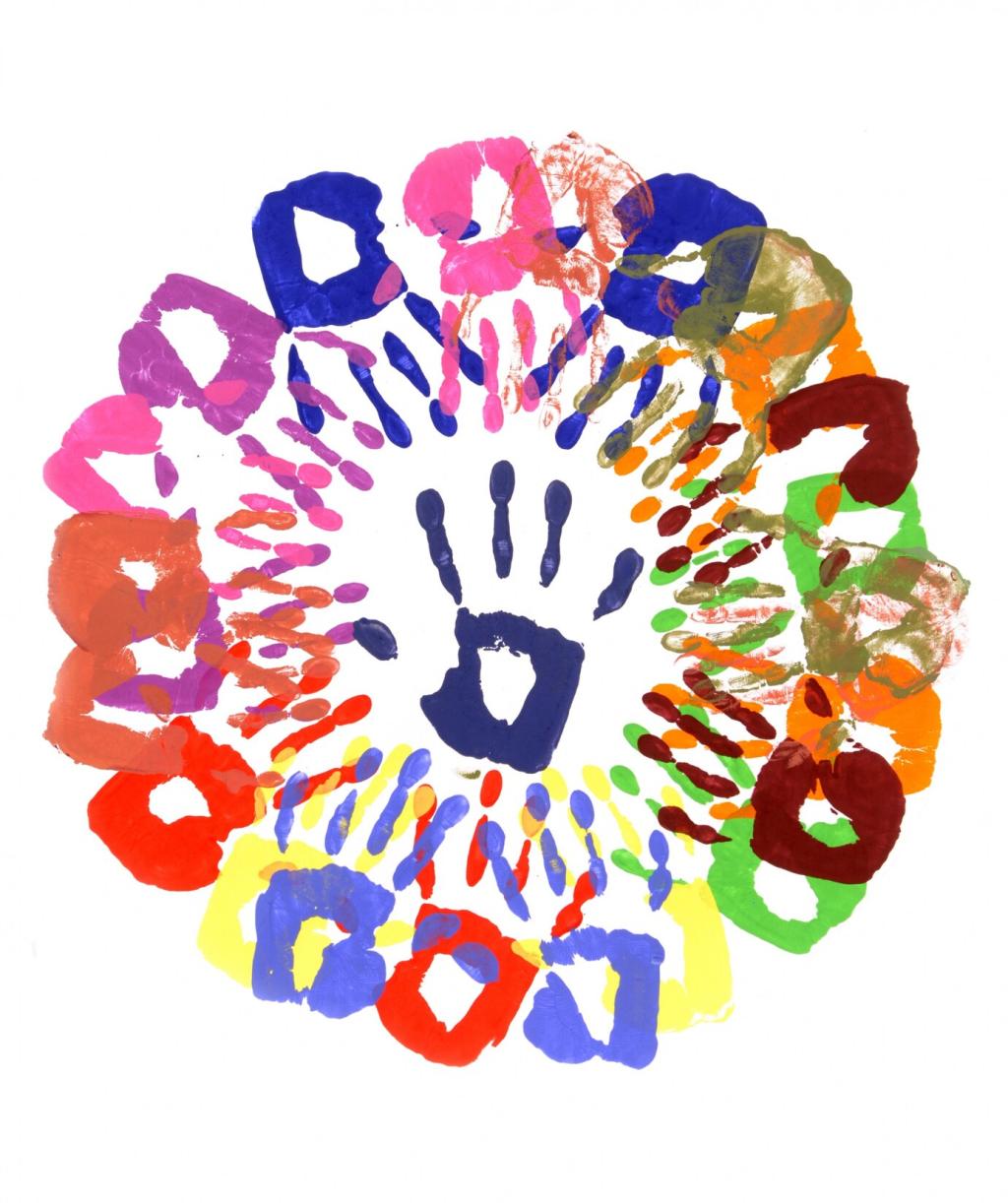Cross-Cultural Communication Skills for Certified Guides
Chosen theme: Cross-Cultural Communication Skills for Certified Guides. Step into a guide’s most powerful toolkit, where empathy meets expertise and every guest feels genuinely seen. Together we will explore practical techniques, vivid stories, and field tested methods that turn cultural differences into moments of connection. Subscribe for weekly tips, and share your guiding challenges so we can grow this craft as a community.
Foundations: How Culture Shapes Meaning
High context and low context signals
Some guests expect meaning between the lines, while others value direct, explicit statements. As a certified guide, consciously adjust levels of detail, repetition, and implication. Ask brief check questions, watch group reactions, and balance nuance with clarity to keep everyone comfortably informed.
Power distance and respect cues
Titles, forms of address, and who speaks first can matter deeply. In high power distance cultures, deference signals respect, not distance. Demonstrate courtesy through careful introductions, balanced eye contact, and acknowledgement of elders or leaders, while ensuring every participant still feels welcome to participate.
Nonverbal language and personal space
Eye contact, touch, posture, and distance vary widely across cultures. Calibrate your proximity during explanations, avoid ambiguous gestures, and notice discomfort early. When unsure, model openness by asking preferences. Small adjustments help guests feel safe, respected, and engaged throughout the experience.
Language Choices That Welcome Everyone
Replace jargon with vivid, concrete language and sensory details guests can picture. Use short sentences, strong verbs, and examples that illuminate unfamiliar concepts. Layer context gradually, then summarize key points. Clear phrasing builds confidence, especially for non native speakers who process information in real time.
Language Choices That Welcome Everyone
Brief interpreters before starting, agree on terminology, and share your route plan. Pause naturally for interpretation, face the guests not the interpreter, and check comprehension with gentle prompts. After the tour, debrief together to refine timing, vocabulary, and guest questions for smoother collaboration next time.


Storytelling That Travels Well
Universal anchors and local color
Begin with shared human themes like family, food, journeys, or resilience, then add local textures such as scents from a bakery or echoes in a cathedral. Guests connect emotionally first, then grasp details more easily. These anchors reduce culture shock while preserving authenticity and wonder.
Navigating sensitive histories and taboos
Discuss conflict, colonization, or contested monuments with balanced framing and clear sourcing. Offer context before opinions and invite reflection instead of debate. When topics may be painful, signal care, share trigger warnings if relevant, and respect silence. Your tone models dignity and fosters trust.
Humor that connects rather than divides
Use humor that celebrates shared experiences, not stereotypes or sarcasm that can misfire across cultures. Test new jokes in small settings, watch guest reactions, and retire material that confuses. Gentle wit, timing, and warmth lighten complex content while keeping every listener included and safe.


Preventing and Repairing Misunderstandings
Offhand remarks about accents, clothing, or customs can sting. Replace assumptions with open questions and neutral descriptors. If you slip, acknowledge the impact and move forward thoughtfully. Small, respectful course corrections restore rapport and show guests your commitment to dignity over defensiveness.
Preventing and Repairing Misunderstandings
A good apology is specific, timely, and centered on the other person’s experience. Offer a concise correction, outline your fix, and invite continued feedback. Preserving face matters in many cultures, so avoid public shaming and model humility that maintains group harmony while restoring trust.

Case Studies From the Field
The spice market misunderstanding
A guest thought a vendor’s bargaining style was rudeness. The guide reframed haggling as playful tradition, modeled a friendly exchange, and coached a respectful counteroffer. Tension dissolved into laughter, and the group left with stories and spices, not frustration. Context turned conflict into connection.
A museum moment with sacred objects
When guests reached for a ritual mask, the guide paused the group and shared its living significance within its community. By inviting a quiet minute of respect, then explaining handling protocols, curiosity transformed into reverence. The conversation honored culture bearers rather than treating artifacts as curiosities.
Nature, silence, and awe
In a canyon, the guide invited thirty seconds of shared silence before explaining geology. Guests from talk forward cultures found the pause surprising, then moving. The guide framed silence as a local custom of gratitude, making space for many ways of experiencing wonder together.

Reflective journaling after each tour
Note where guests brightened, fell silent, or asked clarifying questions. Capture moments of friction and the language you used to address them. Over time, patterns emerge, guiding targeted experiments and helping you craft scripts that feel natural, inclusive, and responsive to diverse audiences.
Peer shadowing and recorded rehearsals
Invite a colleague to observe your tour with a cultural lens, or record short practice segments. Review posture, pacing, and word choice together. Outside eyes catch habits you cannot see, and collaborative tweaks build confidence while expanding your shared repertoire of inclusive techniques.
Feedback loops with multicultural guests
Offer quick surveys in multiple languages, accessible by QR code, focusing on clarity, comfort, and cultural respect. Thank respondents with a personal note and share improvements publicly. When guests witness their feedback shaping your practice, trust deepens and future groups benefit from cumulative learning.
